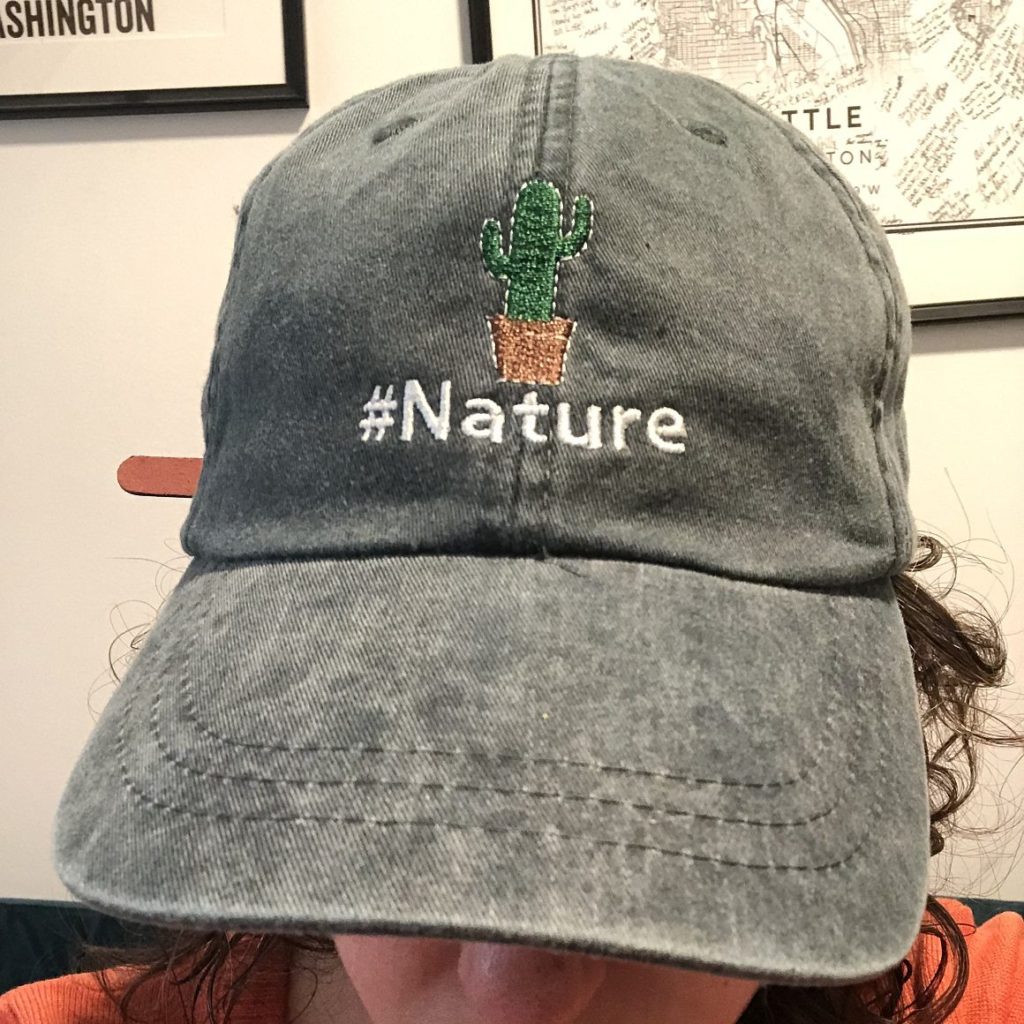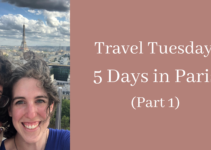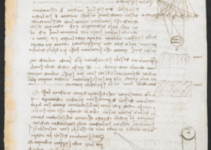In November of 2020, I wrote the first draft of a 50,000-word novel. It’s complete crap. But it was a massive goal achieved because it was how I won NaNoWriMo. I can attribute a decent chunk of my success to the help I got from Chris Baty’s book, No Plot? No Problem!.
I’m covering this book the way I covered the books about being a scanner personality, so here goes!
What is No Plot, No Problem!?
In 1999, a random dude name Chris Baty decided that he was going to write a novel in 30 days. He recruited some friends to do it with him, and so National Novel Writing Month (NaNoWriMo) was born. Since then, it’s developed into quite the annual event. You can read more about it on the NaNoWriMo website.
As the founder, he is in a unique position to prep first-timers for the undertaking, which is why I read the book in the first place. It’s split into three sections: preparation, week-by-week tips, and what to do after November is over.
Preparation: Chapters 1-4
Honestly, this was probably the most useful section for me. He brings a great sense of perspective to the whole project, namely that it’s an insane goal, and we would be insane to take it too seriously. But I got two really helpful takeaways, and one that I regret ignoring.
Takeaway 1: Plan if you must, but only for one week
On the NaNoWriMo website, they have a bootcamp with six weeks’ worth of activities to get yourself ready for November. I was all geared up to work through all of them…then I read this book. He suggests taking the week before November to prep, but no more than that!
I followed that advice and was really nervous going into November – I didn’t get nearly as much prep done as I thought I would! But I needed that advice. I realized that my well-planned plot was boring to write (and would therefore be boring to read). So when I chose to abandon that plot and send a character into the unknown, I wasn’t throwing away weeks of work!
Takeaway 2: Have a wearable totem
Baty recommends having a writing hat. In fact, he recommends having several writing hats. Now, I’m not much of a hat-wearer (my head is really small and I hate losing visibility to the sky/ceiling), but I gave it a shot.
I LOVE having a writing hat. I ended up with two by the end of the month – a baseball cap that I already had, and a beanie that I procrasti-crocheted. It’s nice to decide what mood I’m in as I go into my writing. The baseball cap is for when I’m feeling determined, but the beanie is for when I’m feeling whimsical and cozy.
It was also great for my husband to have a visual marker for when I’m *~extremely focused~*. Don’t bug me when I’m wearing a hat!
Regrettably Ignored Advice: Prep your whole house
I don’t have a full-time job. My days are my own, and during COVID-related lockdowns, I really had nothing better to do than write. So I didn’t think I’d need to take his advice to clean the whole house before you start, and to think ahead for meals.
I didn’t take into account that Zack had a massive work deadline on November 30. And that writing a novel and keeping up with 5 blog posts per week would leave me completely braindead every evening.
So uh, don’t think you’re above this advice. Get your life in order BEFORE November, mkay?
Tips for the Long Haul: Chapters 5-8
I checked this book out from the library, but I’m SO glad I took copious notes. I returned to this section every week of November. And if I do NaNoWriMo next year, I’ll be buying a physical copy of this book to keep at my side.
Each of the chapters in this section are common issues, tips, and exercises for each week in the month. Baty technically says to not read a chapter until you’re in that week, but it was due back at the library, so I just tried not to reread my notes until I got to that week.
He captures the emotions of each week very accurately. There are some great tips for when you think, “Well, this is garbage and I’ll never be able to come up with an ending for this story.”
And if you haven’t done NaNoWriMo and think you’ll never think that, you’re wrong. Trust me.
I don’t want to give away any of this section because it’s the real value of No Plot? No Problem!. So just know that it’s like having a friendly and irreverent handbook at your side.
Now what?: Chapter 9
The final chapter of the book is a guide for what to do with yourself when you finish it, and I’m following it to a T. Take a vacation from your book. Then read it in its entirety before you decide whether to edit it or not.
And then he lays out suggestions for how to start tackling editing. Since I haven’t decided to edit or not, I haven’t used these suggestions yet. But if I do, I will.
Summary
Ultimately, if you’re not doing NaNoWriMo, this book is useless to you. But if you are planning to, this is a great first-timers guide. The author has a level perspective on what you should expect out of 50k works written in 30 days (aka: it’s going to be junk, but you should enjoy creating your junk). But since he’s offering advice from the other side of the challenge, his week-by-week recommendations tend to hit the right tone every time.




